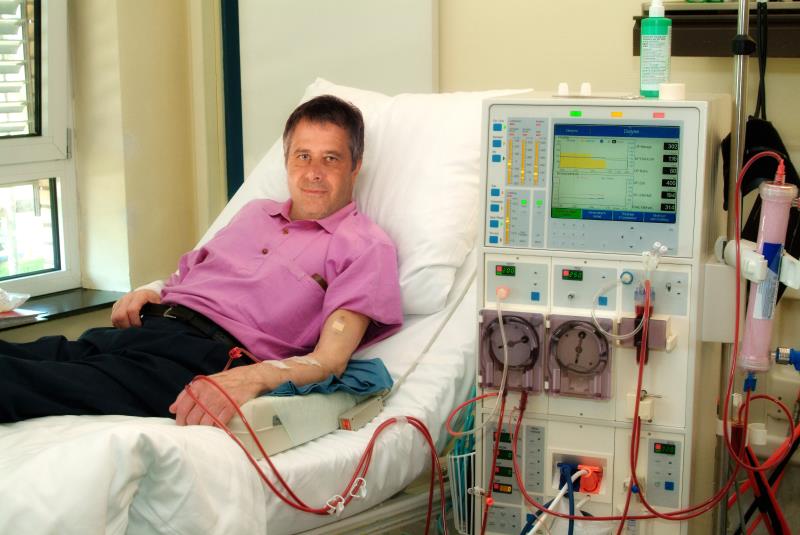
Postdialysis systolic blood pressure (SBP) and pulse pressure (PP) predict all-cause and cardiovascular mortality in haemodialysis patients, a recent Japan study reports.
The study included 2,690 haemodialysis patients who were divided into five categories according to pre- or post-dialysis blood pressure (BP): systolic BP (SBP), diastolic BP (DBP), or pulse pressure (PP). The primary outcomes of interest were all-cause and cardiovascular mortality.
Participants were followed for a median of 2.7 years, during which time 495 and 193 all-cause and cardiovascular deaths were reported.
After adjusting for potential confounders, the likelihood of all-cause (hazard ratio [HR], 1.85, 95 percent confidence interval [CI], 0.95–3.60) and cardiovascular mortality (HR, 2.42, 95 percent CI, 0.92–6.38) appeared to be higher in patients with a predialysis SBP <100 vs 120–139 mm Hg, though statistical significance was not reached. Predialysis PP likewise showed no significant interaction with the outcomes.
In contrast, a U-shaped relationship was found for both postdialysis SBP and PP. Those with SBP <100 mm Hg (HR, 2.06, 95 percent CI, 1.37–3.10) and ≥160 mm Hg (HR, 1.42, 95 percent CI, 1.10–1.84), for instance, were significantly more likely to die of any cause than those with SBP 120–139 mm Hg. Postdialysis SBP shared a similar interaction with cardiovascular mortality.
Similarly, PP <50 mm Hg (HR, 1.89, 95 percent CI, 1.10–3.23) and ≥80 mm Hg (HR, 1.94, 95 percent CI, 1.24–3.05) conferred significantly elevated risks of cardiovascular mortality, as opposed to the middle group of PP 60–69 mm Hg. A similar U-shaped pattern was reported between all-cause mortality and PP.